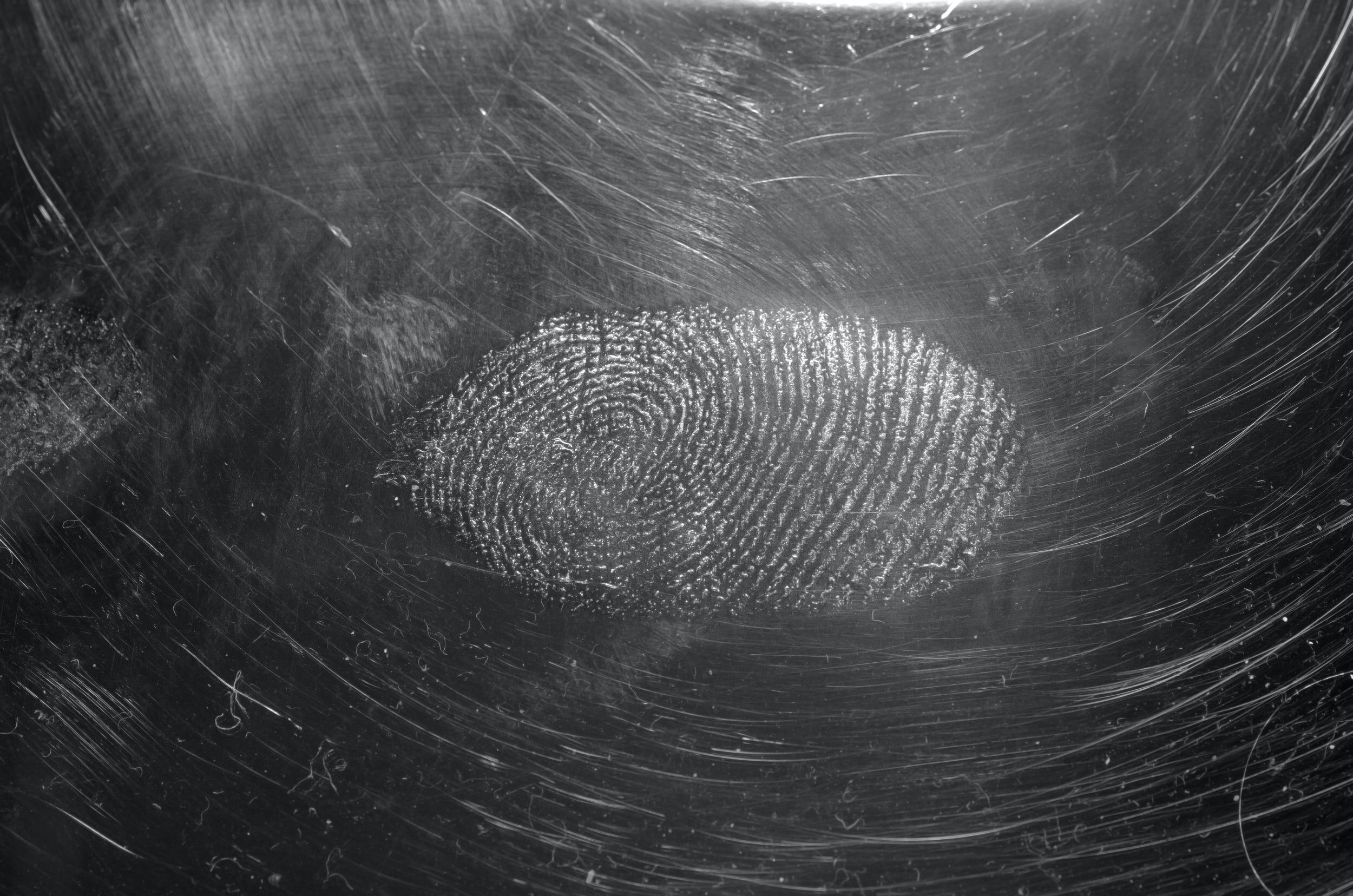The goal of this post is to give you a systematic approach to a pediatric patient with lymphadenopathy. The differential is broad and the etiology ranges from benign to life threatening, and is most commonly benign. As such, to be a successful emergency room practitioner, it is vital to have a defined approach and know when to tune into high risk features…
Read More“EMS called with a pediatric code in progress from a house fire, approximately 5 minutes out. A 2-year-old female with unknown past medical history was brought in with CPR in progress. History was limited as there was no family with the patient. Per EMS, firefighters were called to scene of a house fire and the patient and her sister were found in an upstairs bedroom, both unresponsive and pulseless…”
Read More“In one overnight shift on the orthopedics service, our team evaluated three different pediatric patients with the same underlying injury: a femoral fracture. But, the management of all three children was different and the underlying reason for the different management: age….”
Read MoreA 15-year-old female presents to your emergency department with her mother. She is tearful and withdrawn. She tells you that she was sexually assaulted by a 20 year old male acquaintance 2 days prior. She reports that she would like to report the assault and would like to have a forensic exam. She is having some vaginal bleeding and pain around her rectum. She admits to using alcohol and some marijuana on the night of the assault. She is unable to remember everything that happened and thinks her assailant may have put a drug in her drink…
Read More…The mother changed his diaper again around noontime and noted another large maroon stool. His mother brought him to the pediatrician’s office. Upon showing a picture of the stools to the pediatrician, the patient was instructed to present to the emergency department….
Read More




